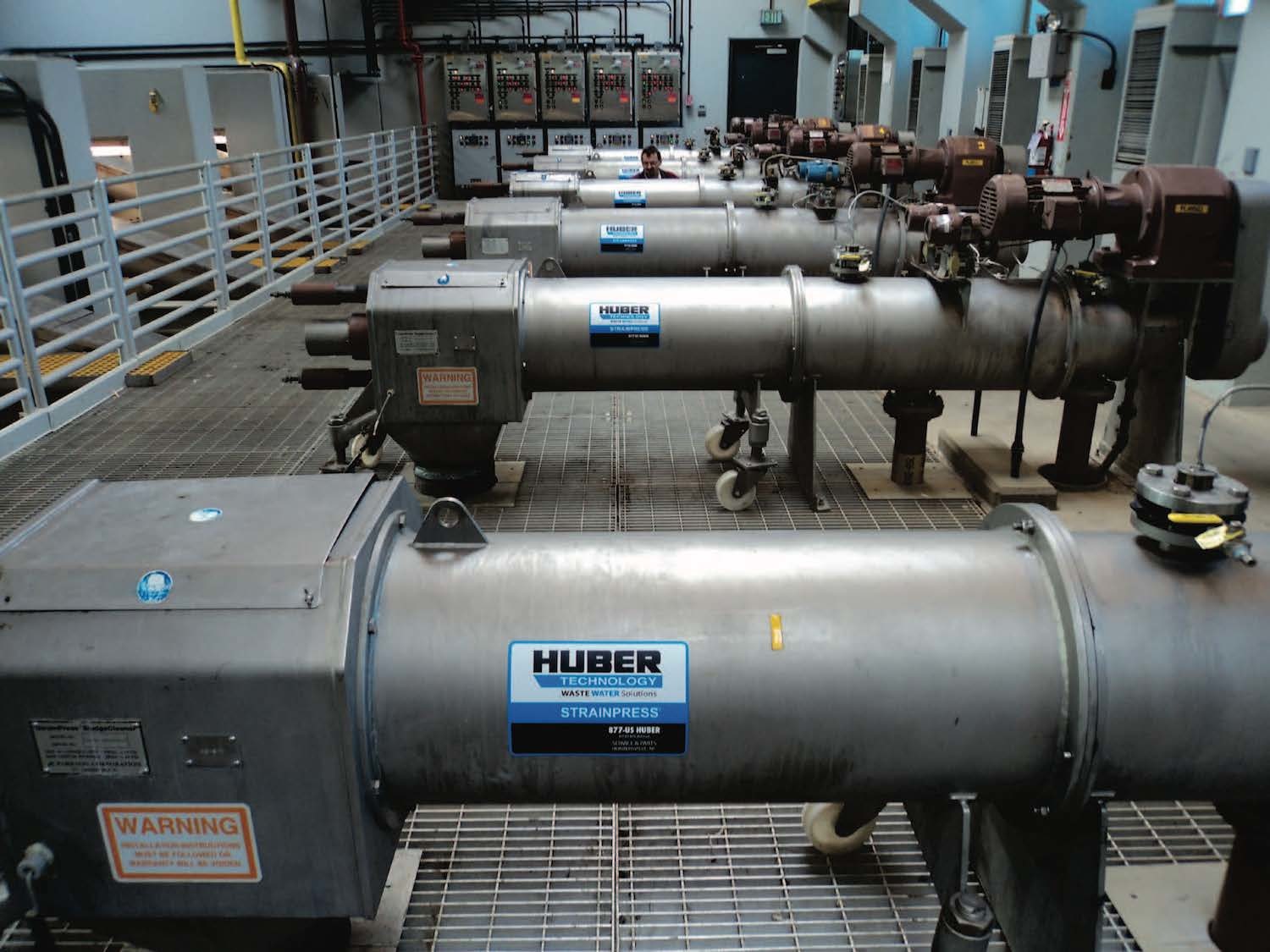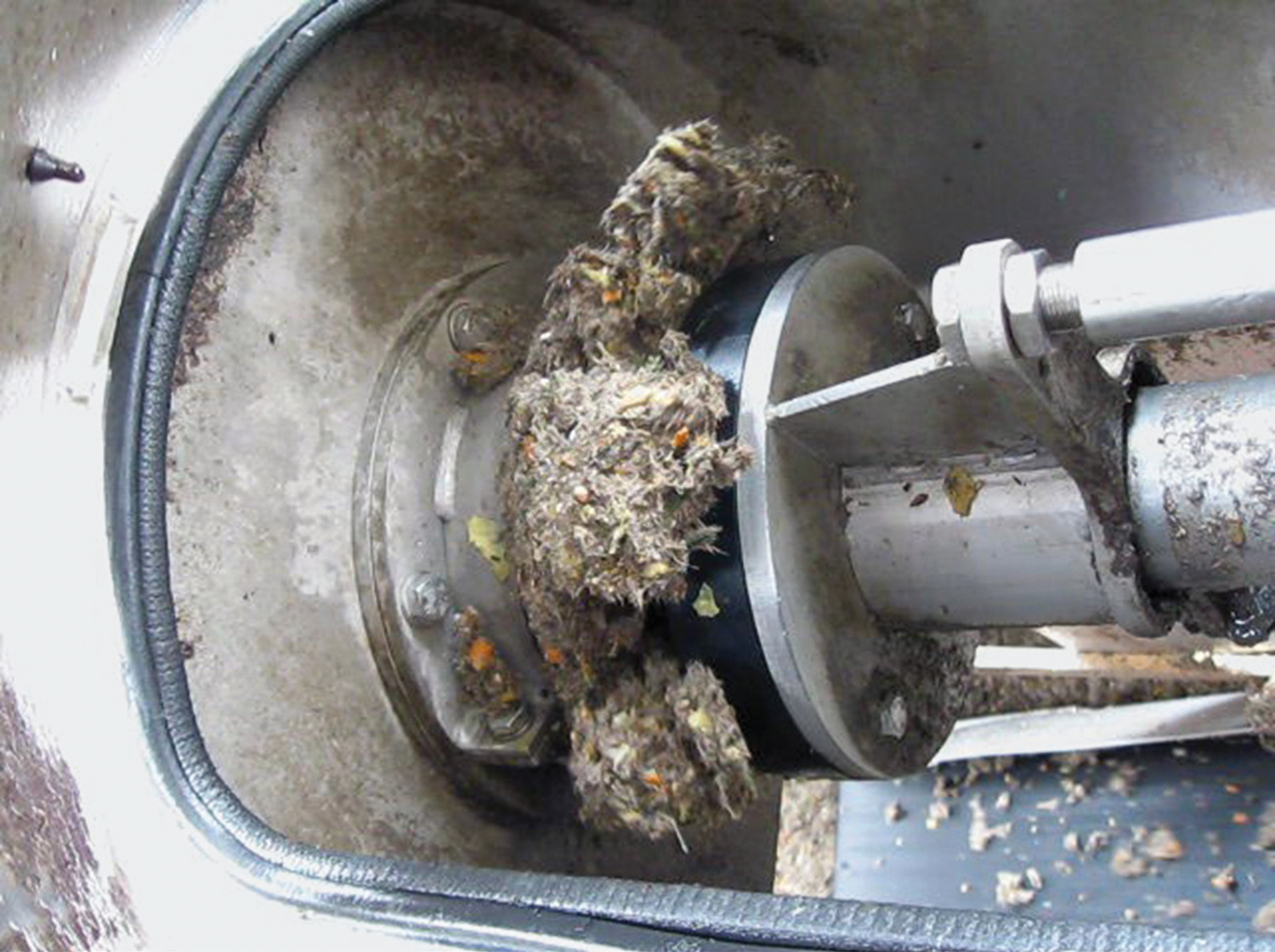Today an increasing number of wastewater treatment plants are utilizing alternative energy sources and optimized processes to drive down operating expense. Through process optimization and technology improvements, many plants have become extremely efficient treatment facilities. By lowering outgoing budget dollars for operations, opportunities begin to emerge to generate revenue beyond a traditional ratepayer model.
Realizing value
By now most in the industry have read and discussed the Industry Report Card released in 2017 by the American Society of Civil Engineers. The ASCE produces this report every four years, depicting the condition and performance of American infrastructure. In that report they have determined a grade of D+ for America’s civil infrastructure. At first blush that can be rather depressing. On the upside, this report has generated energy for active political debate and provides a much-needed bipartisan movement that points towards tangible action.
Coupled to the ASCE rating is the Value of Water movement. In their progress report they point out a link between the degradation of America’s infrastructure and the gap of the average citizen’s awareness about what it takes to provide clean drinking water and safe waste collection and disposal. In the VOW progress report, they have indicated that levels of awareness are being raised. The results they report are: “… support for rebuilding the nation’s infrastructure increased by 13% between 2017 and 2018, from 67% to 80%. The Value of Water national poll also finds water infrastructure is a topic that consistently resonates nationally. No other topic the campaign polls, such as funding for national defense or immigration, receives nearly as much broad, bipartisan support.”
While this provides a positive forward momentum to get the wheels of progress turning, this new illumination has also revealed a large gap in ratepayer’s willingness to consider, as well as ability to pay for, the increased cost to operate a wastewater treatment facility. The level of funding needed to completely accomplish the identified infrastructure improvements in the water treatment sector cannot be fully borne on the backs of the ratepayers alone.
Doing the heavy lifting
Thankfully, a common thread running through the experience of a majority of professionals working in the water industry has been an awareness of the need for radical improvement of the treatment processes already in play. Plato’s maxim “Necessity is the mother of invention” rings true. As veterans of the Great Recession, the water industry has shown its mettle and responded by applying skills and knowledge to innovate — in many cases, well in advance of the downturn.
By converting conventional wastewater treatment plants into resource recovery facilities, the very same treatment innovations used to solve resource challenges in water, energy and agriculture have the potential to contribute to the solutions needed for our nation’s infrastructure.
Researchers and innovative manufacturers are working to develop emerging opportunities to extract additional resources from the waste stream entering the facility. It is exciting to see the increasing frequency of new methods entering the industry. Even more important, there are proven techniques that can be put into play immediately which not only help to offset operational expense but can also be used to generate revenue.
1. Reuse water
Probably one of the most well-known resources in the wastewater industry is reclaimed water. From the outset of a centralized treatment design, water was deemed the best solution for transporting wastes to the facility. As population densities increase and climate conditions stress water supplies, techniques and technologies provide the ability to effectively recapture the water.
The challenge for a WWTP producing reuse water is finding customers who will commit to purchasing it. Rates for recycled water have to reflect a savings over single-use water rates. Reuse water is commonly used for irrigation purposes. It makes sense in arid and drought affected regions of the country. Beyond irrigation, there are a number of water intensive industries that would benefit from access to recycled water.
2. Electrical generation
Within the waste stream, organics provide a source of energy found in extracted sludge and biosolids. By diverting the organics laden sludge into anaerobic digesters, methane gas is produced in the digestion process. This flammable gas can be used to power turbines that generate electrical energy.
In many cases, the energy contained in the sludge fed solely from the incoming waste stream to the plant can supplement the plant’s energy needs by up to 75%. Through the technique of codigestion, it is possible to cross the threshold of gas production to generate a surplus of energy.
3. Soil amendments
Organic solids in the sludge also contain value as a soil amendment that can be land applied for agriculture purposes. The creation of a viable fertilizer can be extracted at multiple points in the processes such as aerobic digestion, anaerobic digestion and waste activated sludge. By using either chemical or thermal processes, the solids can be stabilized to provide a pathogen free soil amendment that is for safe agriculture applications.
Because anaerobic digesters release ammonium and phosphate from waste material, struvite can form. Struvite is a naturally occurring byproduct of anaerobic digestion that forms when ammonium, phosphate and magnesium are present. While struvite scale can cause severe maintenance issues, this material also has potential value as a chemical fertilizer. By capturing the filtrate prior to digestion, it is possible to solve the struvite-scaling problem associated with anaerobic digestion while simultaneously providing the ability to create marketable granulated fertilizer.
4. Biogas/biofuel
The biogas produced in the digestion process can also be collected and processed to provide fuel to power vehicles. Biogas that has been upgraded by removing hydrogen sulfide, carbon dioxide and moisture is known as biomethane. The most common examples are WWTPs that are powering their own fleet of vehicles. This opens up the door to supplying nearby commercial industrial vehicle fleets.
Biodiesel production from wastewater solids is being experimented with using a hydrothermal process. “Hydrothermal processing mimics the process by which fossil fuels are formed under Earth’s surface,” according to James Oyler of Genifuel. “It has the ability to produce resources such as oil and gas in a fraction of the time without using heavy infrastructure or leaving a large carbon footprint.”
5. Thermal energy
The fluid medium of the waste stream itself entering the plant carries a tremendous volume of low-level thermal energy. This available energy makes it practical to utilize specific self-cleaning heat exchanger technologies that harness the wastewater volume as a quasigeothermal source for heating and cooling.
6. Septage receiving/materials receiving
There is an ongoing need for controlled disposal of septage waste, street sweeping and vac-truck material. The use of automated disposal stations and material classification processes on site at the WWTP provide a practical way to meter and charge users.
The challenge is multifaceted. Infrastructure improvements are needed sooner rather than later. The value of water is only now being fully embraced by the public as a whole.
Although ratepayers have been, in essence, subsidized in one way or another, the sheer amount of required investment can’t be shouldered by rate-payers alone. Federal dollars are still flowing but political uncertainties can create crippling confusion, slowing momentum toward the implementation of solutions.
New business models need to be leveraged to accommodate a progressive approach that creates the incentives to develop these identified revenue approaches. Perhaps the emergence of public-private partnerships may hold the key that opens the door to a tangible solution.
Visit the HUBER Technology, Inc. Storefront








